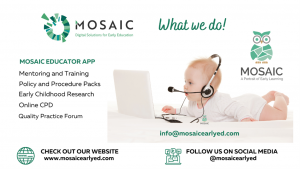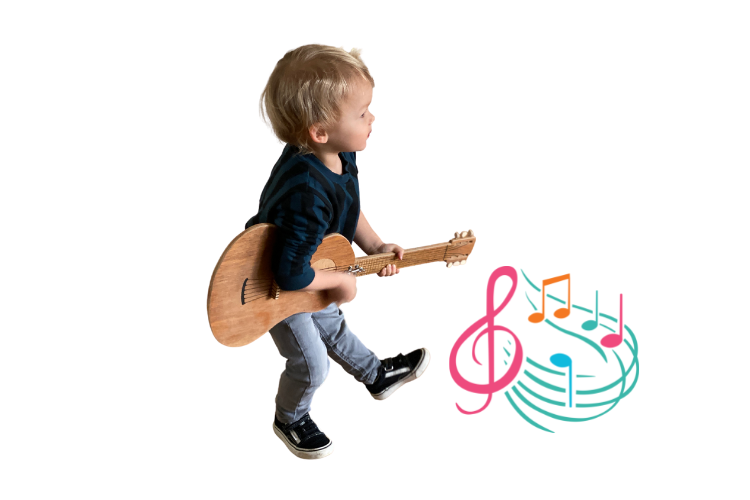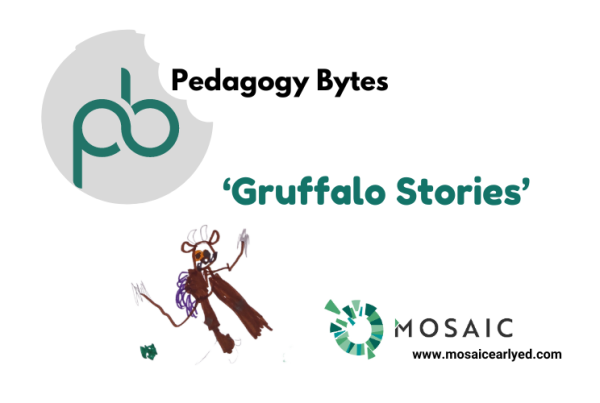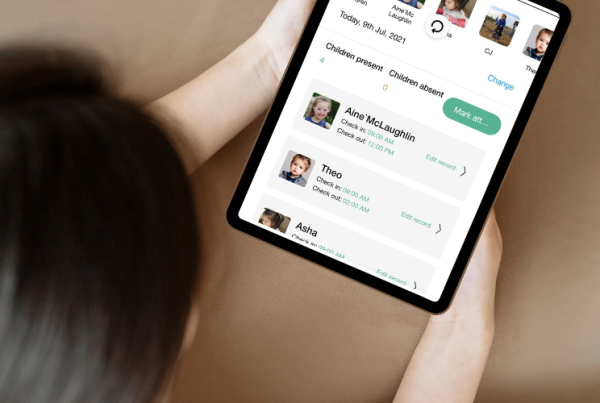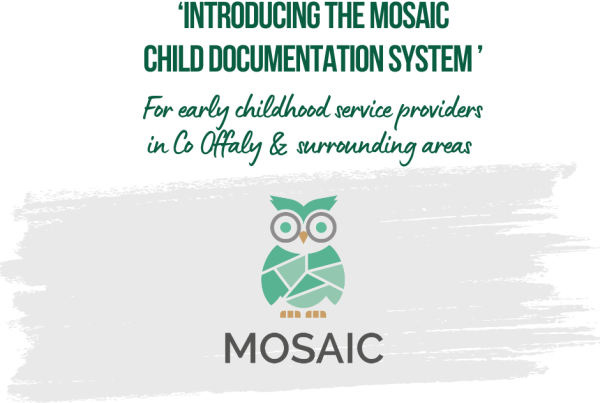A Learning Story from EECERA to home
I spent a wonderful few days at the European Early Childhood Education Research Association (EECERA) conference in Glasgow last week. Days filled by inspiring research findings and animated conversions with likeminded colleagues never fail to invigorate my passion for early childhood education. We are all doing different jobs, under different structures, with the same end purpose. Connection and respect is important.
During my travels home, now with my enthusiasm battery recharged, I read the hot off the press Children’s School Lives Report 4 (DCU, funded by NCCA 2022, cslstudy.ie) which focussed on Pre-School to Primary School Transition. Whilst an excellent report in terms of content, a copy of a Hello magazine or the neglected John Grisham novel in my bag, might have prolonged my recharged enthusiasm for a while longer.
You may have seen a few provocative headlines regarding this report last week. I would urge those interested to read the full report – news headlines can be misleading and may fuel an unwelcome divide in our already fractured sector.
The critical message from this report that we cannot afford to ignore, is the continued and stubborn disjoint that clearly exists between preschool and primary education. This is simply not good enough for children participating in the foundation stage of education.
Where did the vision of Aistear go?
I fondly remember the vision and intent of Aistear the Early Childhood Curriculum Framework during its development phase. Inclusive consultation and constructive input from stakeholders in the 0-6 sector helped produce one curriculum framework. This was intended to support a cohesive and consistent approach across early childhood and primary school settings. Going forward, we would all be singing from the same hymn sheet and early education would be a cohesive and distinct phase.
13 years on, some appear to have lost the hymn sheet, others are singing their own song and others still, don’t appear to have signed up to the choir in the first place.
The report shows a mismatch of expectations and responsibilities between parents, teachers and educators – about the function of early education; about the role of holistic play-based learning led by the child; and the importance of sharing meaningful transition information. There is a collective and individual responsibility from all stakeholders to address these deficits.
Primary schools need to embrace play-based learning in infant classes and offer a seamless continuation of the comprehensive work undertaken with children in early childhood settings. One cannot ‘pick and choose’ which isolated skills would be preferable for children to possess on entering schools. This directly contradicts the principles of early learning and development in that children learn and develop in a holistic way. The onus is on the school to be ready for the individual child – not the other way around.
Early childhood settings have a responsibility to engage with parents to help them understand the function of early education and the Aistear framework. This is easily achieved through meaningful, ongoing engagement with parents about children’s progress, interests and needs. This is not a scrapbook of evidence that magically appears at the end of the year, this is achieved through ongoing real-time connections with parents, actively involving them in the child’s learning journey as it unfolds.
Early childhood educators need to showcase the outcomes of their work by sharing meaningful transition reports to inform teachers of the rich experiences and individual achievements of children in the pre-school setting. Transition pedagogical tools are readily available and cpd support is available for those who are unsure about this process.
Agencies and organisations charged with this work need to bring primary school and early childhood into a communal space under the culture of Aistear. Communication, connection and mutual respect should lead this work.
Finally, as work on the updated version of Aistear progresses, let us not judge this report by its findings, let us judge it by the level of change that it evokes as we enter the next phase of the early education journey in Ireland.
Footnote..
A word to my wonderful TribeMOSAIC (educators and settings who use MOSAIC Educator). You are already doing this.
I have spoken with parents who have a new and appreciative understanding of early education, Aistear and what you are achieving with their child. You have shared vibrant learning stories from your practice, you are connecting with parents in a meaningful way and travelling with them and their child on this most precious of learning journeys.
You are including children’s voices in your emergent planning and your insightful transition reports will be treasured by parents and give primary school teachers an informed starting point for each child. You, supported by MOSAIC, are playing your part in realising the vision of Aistear.
About the Author:
Avril McMonagle is Founder and CEO of MOSAIC Digital Solutions for Early Education which provides a range of child centred digital products, training and quality compliance supports for early childhood services and stakeholders. The company flagship products are the MOSAIC Educator and MOSAIC Family Apps which offer multi-modal documentation and assessment tools for professional educators. For more or to book a demo see www.mosaicearlyed.com; email [email protected] and follow us on social media @mosaicearlyed
